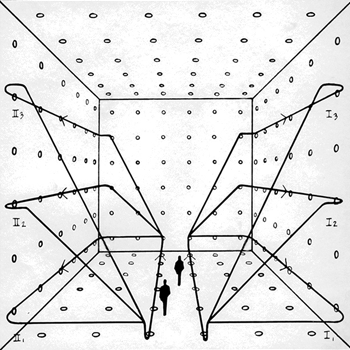How do you solve using gaussian elimination or gauss-jordan elimination, #X + 2Y- 2Z=1#, #2X + 3Y + Z=14#, #4Y + 5Z=27#?
1 Answer
Explanation:
We will use Gaussian and back-substitution.
We kick off with the starting augmented matrix (see the NB at bottom):
That was really quick, actually; and this is now in row echelon form.
We can see that:
We back substitute from:
So:
And:
NB
The augmented matrix will not necessarily be represented as it might be in your book as I can't find the functionality in the typesetter here. (So I've got a 3x3 and a column vector.)

